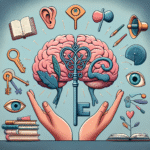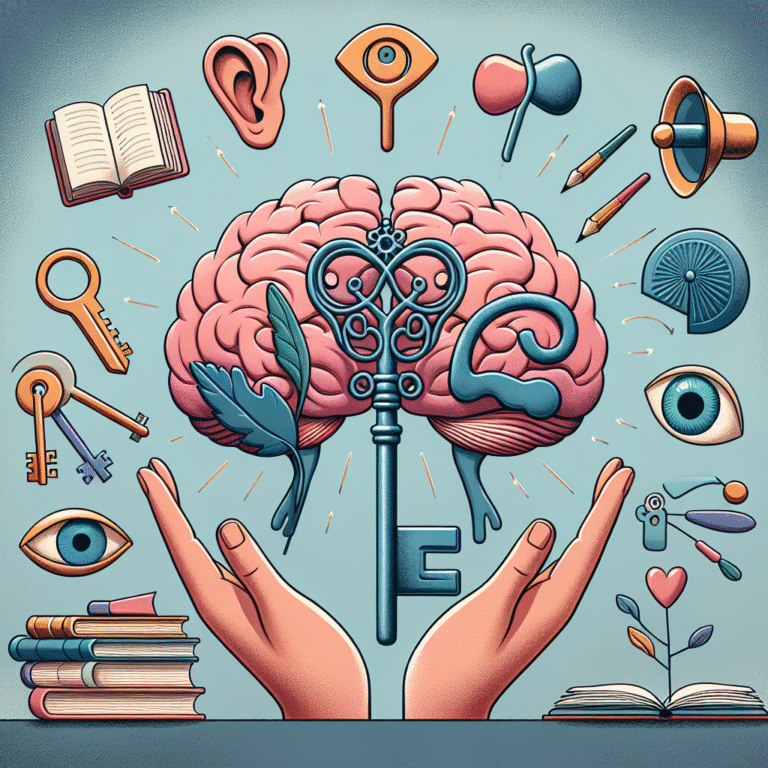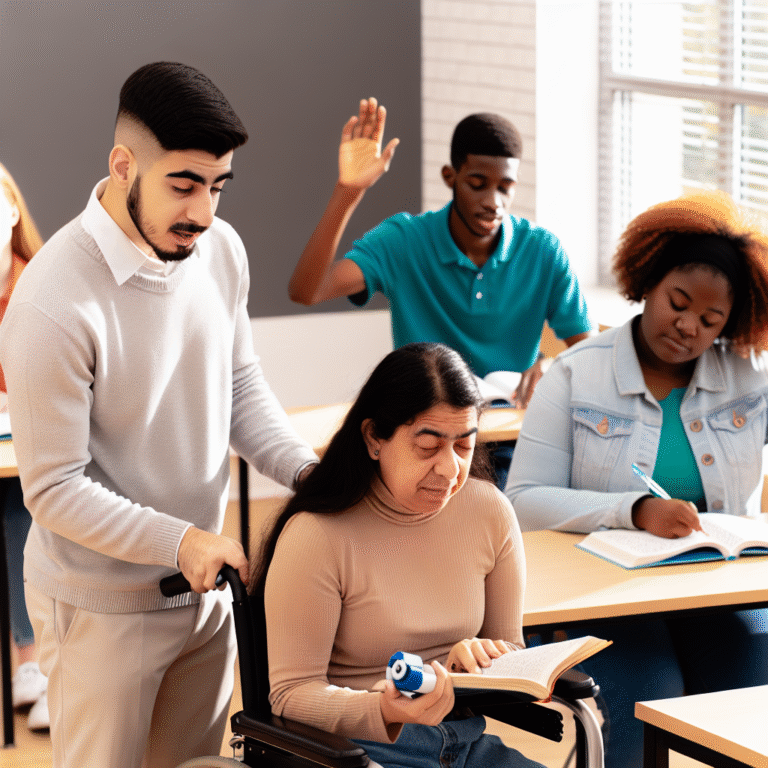Healing Old Wounds: The Transformative Power of Attachment Theory in Romantic Relationships
Introduction
Imagine standing at the edge of a vast ocean. The waves crash around you, often turbulent, yet beneath them lies a profound calmness. This experience parallels our romantic lives, where past wounds and unaddressed emotions can leave us feeling overwhelmed. Healing old wounds requires more than merely forgetting or moving on; it often involves diving deep into the waters of our emotional attachments. This article will explore Healing Old Wounds: The Transformative Power of Attachment Theory in Romantic Relationships, highlighting how understanding our attachment styles can serve as a beacon towards healthier and more fulfilling connections.
Understanding Attachment Theory
At its core, attachment theory, developed by John Bowlby and Mary Ainsworth, examines the bonds formed between individuals, particularly during early childhood. These foundational attachments significantly influence our interpersonal relationships, especially romantic ones.
The Four Attachment Styles
1. Secure Attachment
Individuals with a secure attachment style often feel comfortable with intimacy and can easily establish trusting relationships. They have generally experienced consistent and responsive caregiving, fostering a belief that they are worthy of love.
Case Study: Emily and Jake
Emily has a secure attachment style, while Jake has an anxious attachment style due to inconsistent parenting. Their relationship showcases how Emily’s ability to provide assurance helps Jake navigate moments of insecurity. When Jake experiences anxiety, Emily’s responses help soothe his fears, demonstrating the transformative power of secure attachments in healing past wounds.
2. Anxious Attachment
People with an anxious attachment style often seek validation and reassurance. They may fear abandonment and might be overly sensitive to signs of rejection.
Case Study: Lila and Max
Lila’s anxious attachment manifests in constant need for reassurance in her relationship with Max. Her past experiences of inconsistent affection lead her to perceive Max’s natural behavior as potential neglect. Therapy centered around attachment theory reveals Lila’s fears, allowing her to address these anxieties constructively rather than projecting them onto her relationship.
3. Avoidant Attachment
Those with an avoidant attachment style typically prioritize independence and may struggle with emotional closeness, often viewing intimacy as a threat.
Case Study: Tasha and Campbell
Tasha’s avoidant tendencies make her hesitant to open up emotionally to Campbell, resulting in a constant push-pull dynamic. Through understanding attachment theory, Campbell learns to provide Tasha space while also promoting an environment where she feels safe enough to express herself, showcasing how awareness can help heal emotional wounds.
4. Disorganized Attachment
This style is characterized by a mix of anxious and avoidant traits, often stemming from trauma or severe inconsistency in caregiving. Individuals with disorganized attachments may feel overwhelmed by emotions and find themselves in chaotic relationships.
Case Study: Marcus and Zoe
In their tumultuous relationship, Marcus exhibits disorganized behavior arising from childhood trauma. Through engagement in couples therapy that incorporates attachment theory, Marcus and Zoe learn to identify behavioral triggers and develop coping strategies that foster healing. Their growth emphasizes the healing potential embedded in understanding attachment styles.
The Crucial Role of Self-Awareness
Healing old wounds begins with self-awareness—understanding one’s own attachment style and how it affects one’s romantic relationships.
Identifying Your Attachment Style
Engaging in self-reflection or using standardized quizzes can help individuals identify their attachment style. Recognizing patterns such as fear of intimacy or excessive clinginess is vital in navigating future relationships more effectively.
The Power of Reflection
By reflecting on past relationships, individuals can pinpoint how their attachment styles contributed to conflict and emotional distress. This awareness is the first step towards healing old wounds.
| Attachment Style | Characteristics | Healing Strategies |
|---|---|---|
| Secure | Comfort with intimacy, trust | Foster open communication. |
| Anxious | Need for reassurance, fear of abandonment | Build self-soothing techniques and improve self-esteem. |
| Avoidant | Emotional distance, fear of closeness | Gradual exposure to intimacy, encouraged emotional expression. |
| Disorganized | Chaotic relationships, frequent emotional upheavals | Therapy focusing on emotional regulation and stability. |
The Transformative Process of Healing
The process of healing old wounds through the framework of attachment theory involves more than just acknowledgment. It entails actionable steps that promote transformation.
Cognitive Behavioral Therapy (CBT)
CBT is a proven therapeutic approach that assists individuals in recognizing and changing negative thought patterns associated with attachment styles. This method can significantly reduce anxiety and improve relationship satisfaction.
Communication Skills Training
Learning to communicate effectively is essential in navigating misunderstandings that arise from differing attachment styles. Training in active listening, expressing emotions, and asserting needs can reduce conflicts in romantic relationships.
Building Emotional Intelligence
Emotional intelligence (EI) fosters greater self-awareness and empathy toward partners. By enhancing EI, individuals can better understand their emotions and those of their partners, leading to healthier interactions.
Case Study: Leah and Tom
Leah and Tom, once caught in a cycle of miscommunication, participated in a workshop focusing on emotional intelligence. This experience enabled them to understand their triggers and engage in productive dialogues, showcasing how developing EI can effectively heal old wounds.
Practicing Mindfulness
Mindfulness practices, such as meditation and journaling, can help individuals cultivate awareness of their emotional responses, breaking the cycle of reactive behaviors born from past wounds.
The Importance of Healthy Boundaries
Healthy boundaries are crucial for maintaining relationships while respecting individual attachment needs. They prevent the fusion of identities and encourage personal growth.
Defining Boundaries
Understanding one’s own limits is essential, particularly for those with anxious or disorganized attachment styles. Clear communication about needs can prevent misunderstandings.
Respecting Partner’s Needs
Acknowledging and respecting a partner’s boundaries fosters an environment of trust where both individuals can flourish.
Case Study: Nora and Ian
In their relationship, Nora’s anxious tendencies made her overstep Ian’s boundaries out of fear of losing him. By engaging in conversations about each other’s limits, they learned to respect individual needs, which ultimately deepened their bond.
Creating a Safe Haven
In romantic partnerships, creating a safe space where both individuals feel valued and understood is vital to healing old wounds. This nurturing environment plays a pivotal role in transcending past traumas.
The Role of Validation
Consistently validating each other’s feelings can reinforce trust and security. Validation fosters emotional safety, allowing individuals to express vulnerabilities without fear of judgment.
Building Trust
Trust is earned through consistent actions over time. Establishing reliability can alleviate fears born from past wounds.
Case Study: Sarah and Mark
Sarah’s trust issues stemmed from a previous relationship fraught with betrayal. Mark’s patient and consistent efforts gradually built a foundation of trust, showing how a safe emotional environment helps heal old wounds.
Conclusion
Healing old wounds is not merely a journey of introspection; it is an ongoing process enriched by understanding the intricacies of attachment theory. By exploring how our attachment styles influence our behaviors and relationships, we can pave the way toward deeper connections and personal growth.
Ultimately, Healing Old Wounds: The Transformative Power of Attachment Theory in Romantic Relationships is not only about overcoming personal histories; it is about forging new paths to love and companionship that are rooted in understanding, empathy, and resilience.
Let your past inform but not define your love life. Embrace this knowledge, and step boldly towards the relationships you deserve.
FAQs
1. What is attachment theory, and why is it important in romantic relationships?
Attachment theory explains how early relationships with caregivers shape our future interpersonal connections. It helps identify patterns that can hinder or enhance romantic relationships.
2. How can I identify my attachment style?
You can identify your attachment style through self-reflection, quizzes, or therapy. Observing how you react to intimacy and relationships can also provide insights.
3. Can I change my attachment style?
Yes, individuals can develop healthier attachment styles through therapy, self-awareness, and practicing new behaviors related to emotional expression and communication.
4. How does communication impact relationships affected by different attachment styles?
Effective communication helps bridge gaps caused by varying attachment styles, fostering understanding and supporting healing old wounds.
5. Is therapy the only way to address attachment issues?
While therapy is highly effective, self-help strategies such as reading about attachment theory, practicing mindfulness, and engaging in supportive relationships can also facilitate healing.
By understanding the transformative power of attachment theory, we can embrace a hopeful journey towards healthier, more fulfilling romantic relationships.














